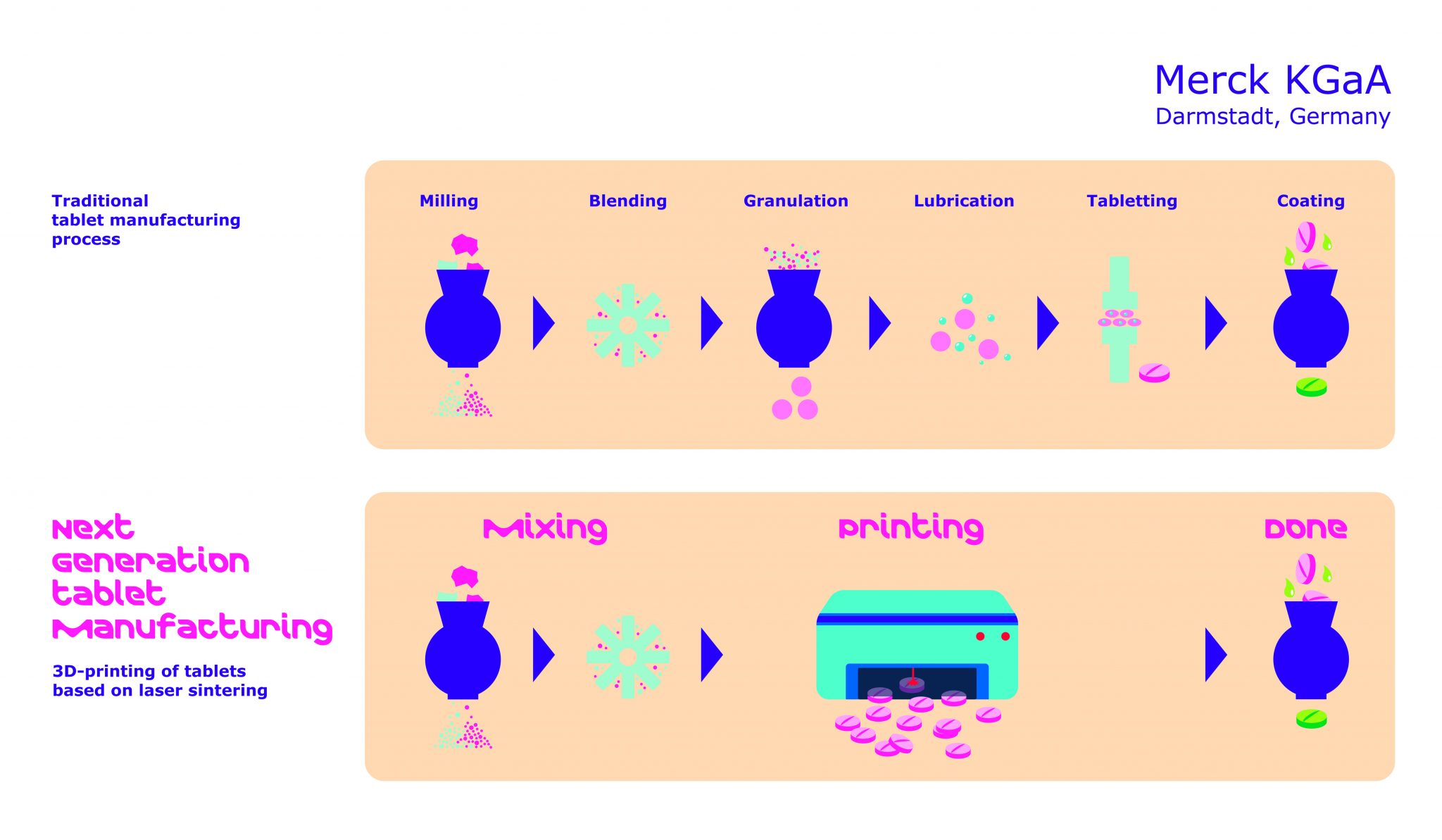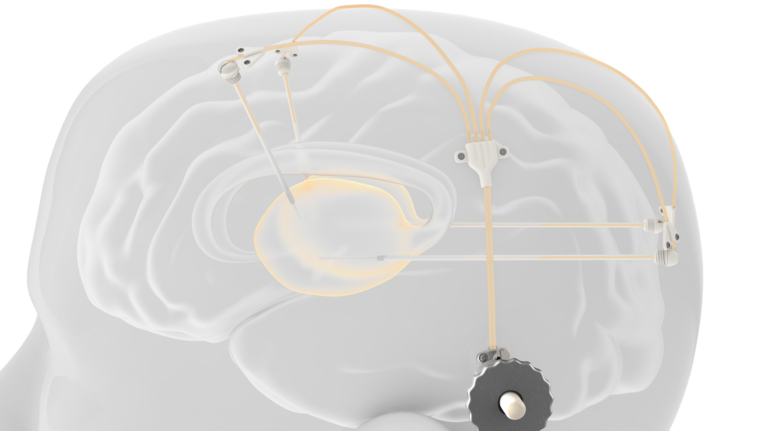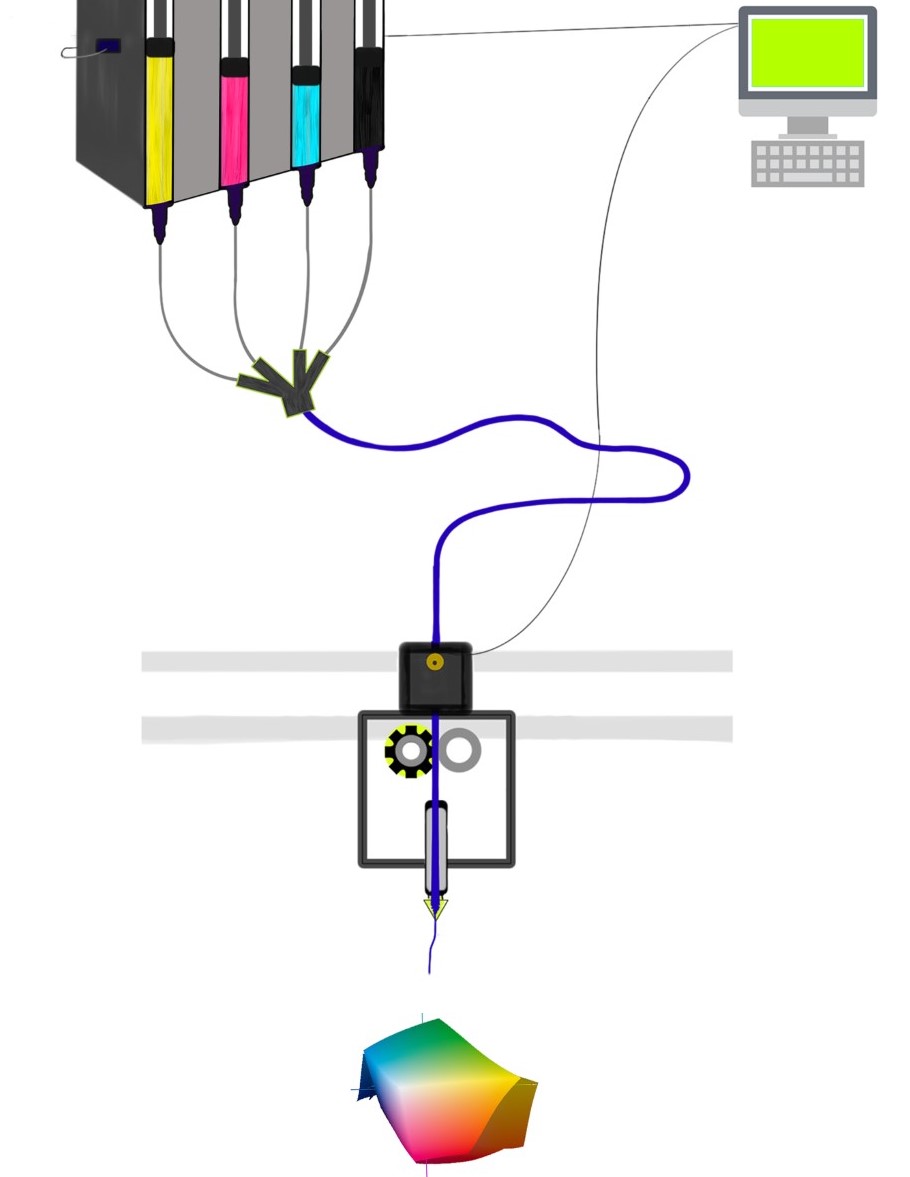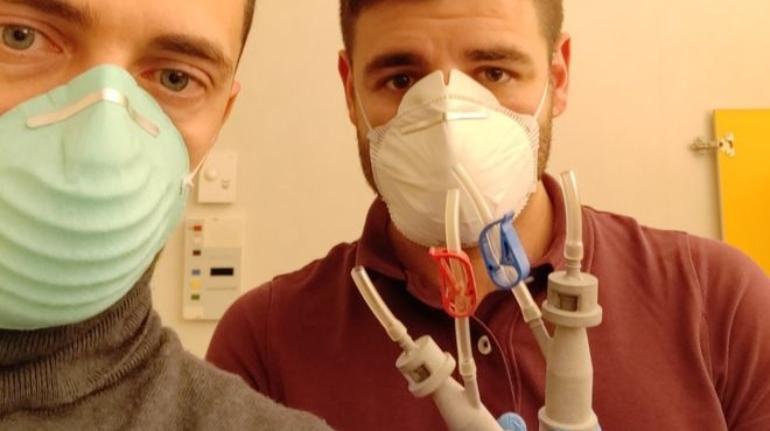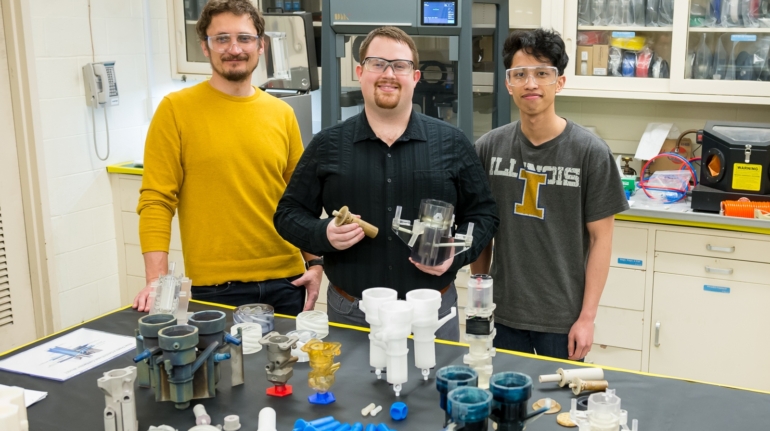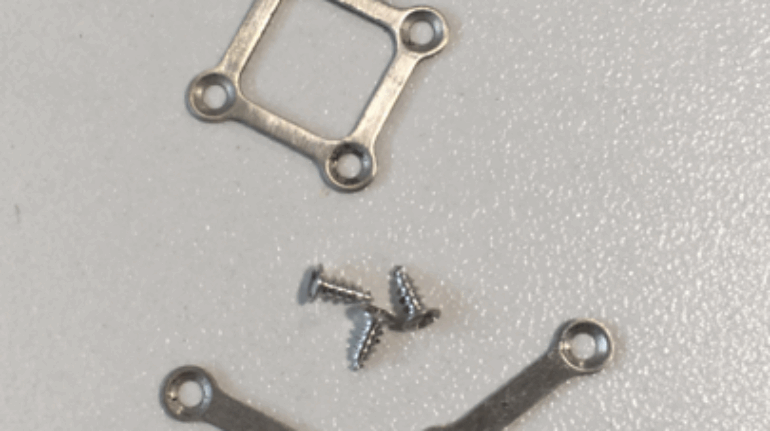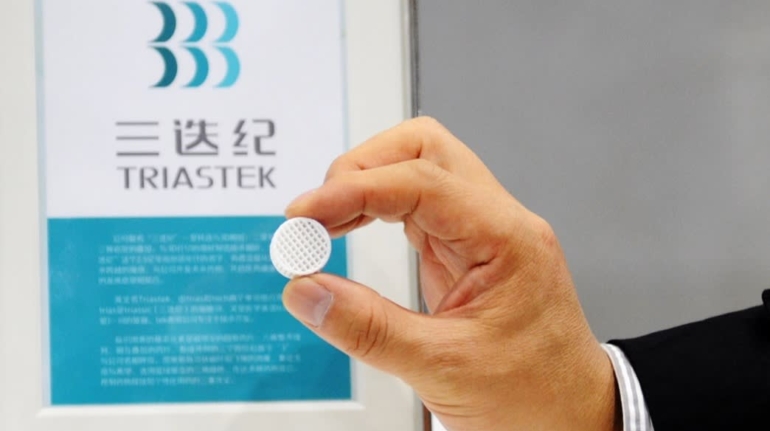Merck Working with EOS’ AMCM to Produce Next-generation 3D Printed Tablets
Merck, the global pharmaceutical company, has announced plans to work with AMCM, an EOS Group company that builds custom additive manufacturing machines. The two companies will work on developing and producing 3D printed tablets, first for clinical trials, then later for commercial manufacturing.

